Dallas
214-456-2857
Fax: 214-456-5406
Bronchopulmonary dysplasia (BPD) is a severe lung condition affecting newborns. BPD usually affects extremely premature infants (born more than 10 weeks early) who are receiving oxygen therapy.
BPD most often occurs in severely premature babies (those born 10 weeks or more early) on oxygen therapy. Mild, moderate or severe damage or scarring of the lungs characterizes BPD.
Newborns with BPD often have bluish skin color, especially around the lips and nails. Other symptoms of BPD include:
Babies born severely premature often need oxygen therapy to save their lives and to prevent brain damage. Sometimes their undeveloped lungs can't take in all the air they need. When that happens, it results in a condition called respiratory distress syndrome (RDS). BPD is most often a complication resulting from RDS in which inflammation or scarring of the lungs occurs.
Babies who receive oxygen therapy for RDS are at risk for developing BPD. A doctor will usually perform a chest X-ray or CT scan to check for BPD. Infants with BPD will usually have lungs that look “spongy” on an X-ray. Other tests for BPD may include:
Infants with bronchopulmonary dysplasia (BPD) often must remain in the hospital for weeks or even months after they're born. Once home, your baby may still need several more weeks or months of oxygen therapy.
While in the hospital, babies with BPD are usually put on a ventilator. The ventilator uses pressure to open a newborn's lungs so she is able to receive more oxygen. Over time, as the lungs continue to form, the ventilator reduces both the pressure and oxygen it delivers to your baby.
Once off of the ventilator, your infant may need to receive oxygen by mask or nasal tube for many more weeks or months. Other treatments may include:
Your baby may continue to need oxygen therapy and special formulas once she's home. Follow your doctor's instructions carefully to make sure her nutritional needs are met.
Babies with BPD are especially susceptible to colds and other respiratory illnesses. One illness that can cause severe lung infections in infants with BPD is respiratory syncytial virus (RSV). To prevent your baby from getting sick, it's important to do the following:
Your pediatrician may prescribe medications to help prevent your baby from getting RSV.
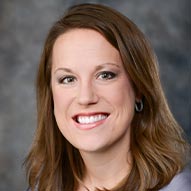

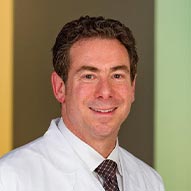



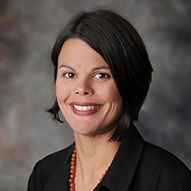
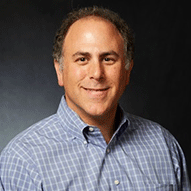
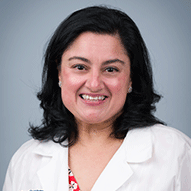

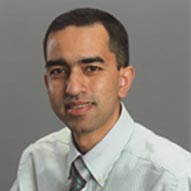
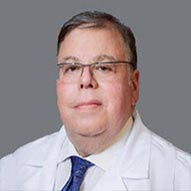

Infants with BPD often have bluish-colored skin as a result of not receiving enough oxygen. Other signs of BPD include rapid or shallow breathing, coughing or a "sucked-in" chest or rib cage.
Many babies with BPD will eventually develop normal lung functioning. Some kids with BPD may be more susceptible to colds or other respiratory infections.
For more information about bronchopulmonary dysplasia, please visit the following sites: